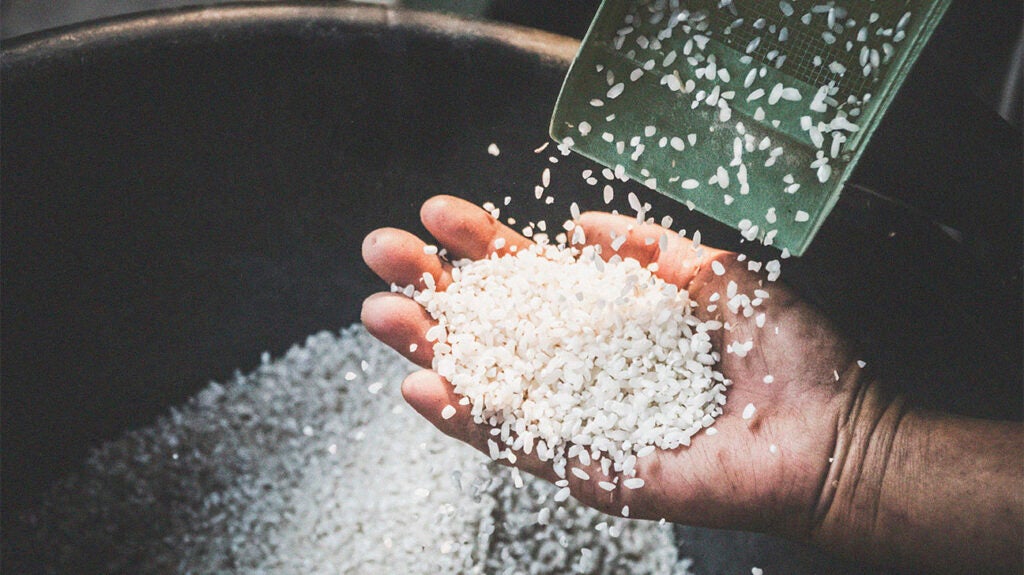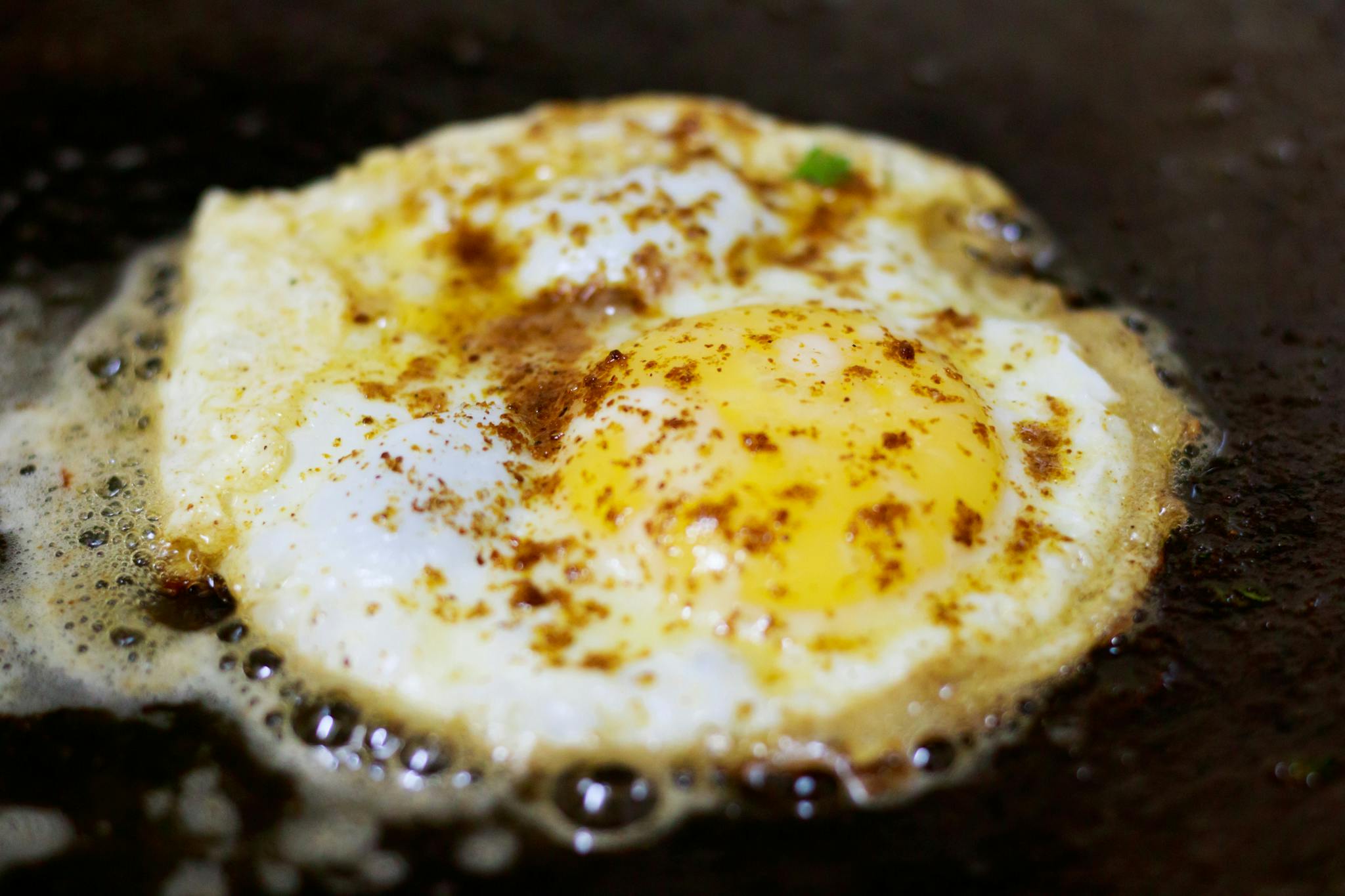Smart Guide to Pre Diabetes Diet: Essential Tips for 2025

Smart Guide to Pre Diabetes Diet: Essential Tips for 2025
Pre diabetes is a critical health condition that indicates an increased risk of developing type 2 diabetes. With around 88 million adults in the U.S. alone facing this issue, understanding how to manage blood sugar through diet is vital. A well-structured pre diabetes diet can help you regain control over your health, maintain ideal weight, and prevent the progression to diabetes. This article provides a comprehensive guide to a pre diabetes diet, focusing on the foods to eat, meal planning resources, and practical tips for preparing meals that align with managing blood sugar levels.
Incorporating healthy eating habits is essential for controlling blood sugar and improving insulin sensitivity. This article will outline effective strategies, including portion control, meal prepping, understanding carbohydrate sources, and recognizing how food choices influence your overall health. By following these guidelines, you can create a balanced plate that not only fits your dietary needs but also helps you lead a healthier lifestyle. Expect to learn about delicious recipes and the key ingredients that can support your journey, from low glycemic foods to fiber-rich snacks.
As you read through the sections, you will uncover tips for tracking your food intake, achieving your weight loss goals, and encouraging family involvement in healthy eating practices. Together, these strategies empower you to take charge of your health while enjoying the benefits of nourishing meals.
Essential Foods to Eat for Pre Diabetes
Building a pre diabetes food list is the first step in successfully managing blood sugar levels through diet. Foods that are rich in fiber, low in glycemic index, and packed with lean proteins should be prioritized. These choices help stabilize blood sugar levels and provide long-lasting energy.
Whole grains are an excellent source of complex carbohydrates. Examples include quinoa, brown rice, and whole grain bread. These foods are absorbed more slowly than refined grains, which helps prevent spikes in blood sugar. Incorporating vegetables—especially non-starchy ones such as leafy greens, broccoli, and bell peppers—ensures you get vital nutrients while keeping your calorie intake in check.
Fruits also play an important role, but choose options with lower glycemic indexes, like berries, apples, and oranges. These fruits offer natural sweetness without dramatically affecting blood sugar levels. Next, healthy fats found in avocados, nuts, and olive oil can aid in satiety and support heart health, which is an important consideration for pre diabetic individuals.
Protein is another essential component, and you should focus on lean sources such as chicken, turkey, fish, beans, and legumes. These protein sources contribute to muscle maintenance and help with weight management by keeping you full longer. When you create your meals, aim for a mix of these components, ensuring variety while tracking your intake. Ultimately, a food swaps for pre diabetes approach paves a path toward healthier choices tailored to your lifestyle.
Creating a Balanced Plate: Practical Meal Planning
Meal planning resources can significantly boost your commitment to a pre diabetes diet. Begin by brainstorming breakfast, lunch, dinner, and snack options that include the recommended food groups discussed earlier. Developing a weekly meal plan allows you to prepare in advance, making it easier to stick with your healthy eating strategy, even on busy days.
Breakfast ideas could involve oatmeal topped with berries and a sprinkle of nuts, or scrambled eggs with spinach and whole-grain toast. For lunch, consider a chicken salad with a bed of mixed greens, colorful vegetables, and a vinaigrette dressing. Dinner could include baked salmon with quinoa and steamed broccoli, served with a squeeze of lemon for flavor.
For snacks, reach for pre diabetes friendly desserts such as Greek yogurt with a dash of honey or nut butter with apple slices. Keep your portion sizes in check—using smaller plates can help prevent overeating. Additionally, learn to read food labels carefully, as even healthy options can contain added sugars or high levels of saturated fats.
As you plan meals, remember the importance of meal timing. Eating smaller, well-distributed meals throughout the day can help regulate blood sugar. Meal prepping on Sundays can save you time during the week and keep you consistently on track.
Mindful Eating: Building Healthy Habits
Adopting mindfulness techniques can greatly enhance your approach to healthy eating for pre diabetes. Practicing mindful eating involves being present during meals, paying attention to hunger cues, savoring each bite, and recognizing emotional triggers that lead to overeating.
As part of developing an action plan, consider keeping a food diary to track your intake and feelings around meals. This can help identify patterns in your eating habits and highlight emotional eating tendencies. Engaging with community support, such as diabetes support groups, can also help motivate you toward maintaining balanced eating habits, as sharing experiences and challenges fosters a sense of belonging.
Another vital aspect of mindful eating is understanding the relationship between food and mood. Foods rich in omega-3 fatty acids, like fatty fish and flaxseeds, have been shown to improve mood and overall mental health. Stress management techniques, such as yoga or meditation, can be incorporated into your routine to address emotional eating, reinforcing your commitment to a pre diabetes diet.
Practical Tips for Dining Out on a Diet
Eating out can pose challenges when trying to adhere to a pre diabetes diet, but with some preparation and awareness, you can make healthier choices while dining out. Look for diabetic-friendly options on menus, and don’t hesitate to ask about meal preparation methods—grilled, baked, or steamed meals are typically better than fried options.
Choose foods that align with the low glycemic diet principles discussed earlier. For appetizers, opt for salads loaded with vegetables instead of fried options. When selecting main dishes, ask for sauces and dressings to be served on the side, allowing you to manage portion sizes more easily.
When it comes to beverages, avoid sugary drinks, including sodas and sweetened teas. Instead, opt for water or unsweetened beverages to stay hydrated—which is crucial for blood sugar control. Aim to balance your plate with protein, healthy fats, and carbohydrate sources, building meals that are satisfying without sacrificing your goals.
If possible, check out menus online prior to your visit, preparing you for healthier decisions. Lastly, share meals with others or take leftovers home to prevent overeating. Adopting these strategies helps you to stay on task during social outings while still enjoying time with friends and family.

Weight Loss Tips for Managing Blood Sugar
Achieving weight loss is a crucial aspect of managing pre diabetes, particularly as excess weight can exacerbate insulin resistance. It’s essential to set realistic goals that focus not only on diet but also on incorporating physical activity. Regular exercise helps improve insulin sensitivity and encourages weight management.
Incorporating movement throughout your day can be as simple as taking walks after meals, engaging in light stretching, or designating specific times for workouts. Consistency is key—strive for at least 150 minutes of moderate exercise weekly, and consider activities that you enjoy to maintain motivation.
Food preparation can also support weight loss efforts. Focus on cooking methods that minimize fat and caloric intake, such as grilling, baking, or steaming foods. Utilizing herbs and spices instead of salt or heavy sauces can add flavor without negatively impacting blood sugar levels.
When tracking food intake, include not only what you eat but also how you feel after meals, in terms of energy and satiety. This insight helps identify foods that support your needs versus those that may cause energy dips or cravings later. Recognize that creating healthy habits takes time—acknowledge your progress and stay motivated as you work toward your goals.
The Role of Hydration in Diabetes Management
Hydration plays a significant role in managing blood sugar levels, as even mild dehydration can impact glucose concentration. Focus on drinking water throughout the day, aiming for at least eight glasses, and assess your hydration needs based on lifestyle factors such as exercise and climate.
In addition to plain water, consider hydrating options like herbal teas, infused waters, or low-calorie beverages. Monitoring your hydration can also aid in weight loss efforts, as thirst is often mistaken for hunger. Keep a refillable water bottle with you to make drinking easier, especially when busy or on the go.
It’s also crucial to monitor carbohydrate intake and choose foods with higher water content, like fruits and vegetables, to promote hydration while maintaining a balanced diet. Understanding the synergy between hydration and blood sugar regulation is vital for long-term health management, reinforcing the link between healthy habits and pre diabetes care.

Q&A: Common Questions About Pre Diabetes Nutrition
What types of foods should I avoid on a pre diabetes diet?
Avoid sugary drinks, refined grains, and processed foods high in sugars and unhealthy fats. Focus on whole foods and non-starchy vegetables instead.
How can I track my food intake effectively?
Utilize a food diary or nutritional apps to monitor what you eat. Pay attention to portion sizes and carbohydrate content, and remember to include how certain foods affect your energy and mood.
What role does exercise play in managing pre diabetes?
Regular physical activity helps enhance insulin sensitivity, contributes to weight management, and promotes overall health. Aim for a combination of aerobic and strength-training exercises regularly.
Can I eat out while following a pre diabetes diet?
Yes! Look for healthier options on the menu, ask about preparation methods, and control portion sizes. Enjoying meals out can still align with your dietary goals.
Are there snacks that are safe for pre diabetes?
Absolutely! Healthy snacks could include fresh fruits, raw nuts, Greek yogurt, or veggie sticks with hummus. The key is to monitor portion sizes and choose nutrient-dense options.
By integrating these tips, food swaps, and healthy habits into your lifestyle, you can effectively manage pre diabetes and enjoy a healthier future.